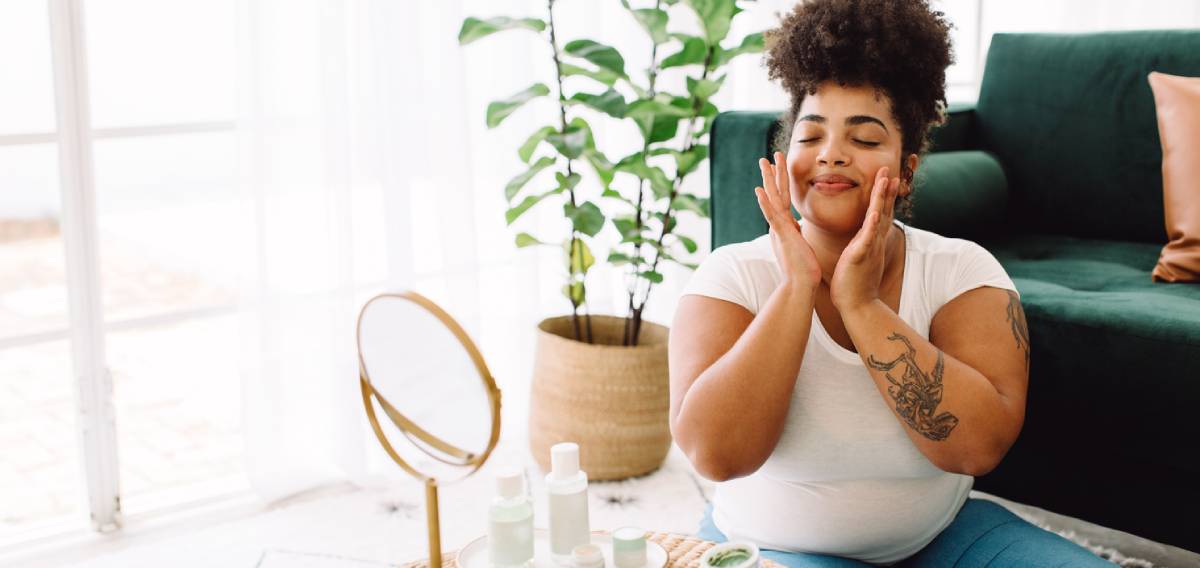Chemical peels use acidic substances to exfoliate the outer layer of your skin. These treatments are exceptionally useful if you struggle with hyperpigmentation, age spots, or a generally uneven skin tone. In the hands of an expert, chemical peels are safe and effective, but you will have to be gentle with your skin afterwards in order to achieve the full effects. Let’s look at tips for caring for your skin after a chemical peel.
Caring for Your Skin After a Chemical Peel
Like other exfoliators, chemical peels remove damaged skin cells from the surface. Their removal reveals newer, fresher skin beneath and prompts your body’s natural rejuvenation processes. These newly revealed skin cells can be a little more fragile, which is why proper post-procedural care is so important. With that in mind, let’s go over the ways you should protect your skin after having your chemical peels in LA.
Resist the Urge to Touch
As your chemical peel begins to activate, you may be tempted to explore your skin with your fingers. Depending on your treatment, you may experience a wide range of peeling. Some treatments will result in no or very little peeling. Others will result in a lot of peeling.
Regardless of how tempting it may be to help the process along, you have to avoid touching your skin as much as physically possible. Touching your skin could introduce harmful bacteria, and pulling on peeling skin could seriously harm your results.
Keep Your Hair Up
As the damaged skin cells come off, you need to minimize interference. Try to keep bacteria, oils, and any non-sanctioned products away from your treated skin. For patients with long hair, that may be easier said than done.
Longer hair has the potential to get caught on the skin, introducing oil and bacteria. To prevent that from happening, we strongly suggest putting your hair up into a slick bun. Other hairstyles will work just fine, as long as there’s no chance of your hair coming into contact with the treated skin.
Ask Your Doctor About Products
Before putting any product on your treated skin, talk to your plastic surgeon in Los Angeles. Some products contain ingredients that may irritate your skin or negatively interact with the chemical peel. To be safe, you should only use products approved by your plastic surgeon during the healing period.
For the most part, your doctor will encourage minimalism when it comes to product use in the days following your treatment. However, the use of sunscreen and moisturizer is encouraged. That’s why it is often best to bring your typical sunscreen and moisturizer with you prior to your appointment. That way your doctor can make sure they’re safe to use after your chemical peel.
Avoid Direct Sunlight
Your skin will be very sensitive to UV rays during the healing process, and you have to take steps to protect it if you want your skin to benefit from the chemical peel. To that end, your doctor will ask you to use an approved sunscreen with at least 30 SPF every day.
In addition to wearing a high-quality sunscreen, you should take steps to put physical barriers between you and the sunlight. For example, if your face and neck were treated with a chemical peel, then large sunglasses, a wide-brimmed hat, and high neckline are great ways to protect yourself from the sun for long periods.
Give it Time
The healing process will vary depending on the intensity of the chemical peel. On average, professional chemical peels have an initial healing phase of about two weeks. However, more aggressive chemical peels could cause redness that lasts several months.
The point is that the healing process is temporary. Even if it seems a bit long, it’s nothing compared to the years of clearer, more youthful skin that you will get to enjoy as a result. Just be patient, and discuss any concerns you have with Dr. Brent.




